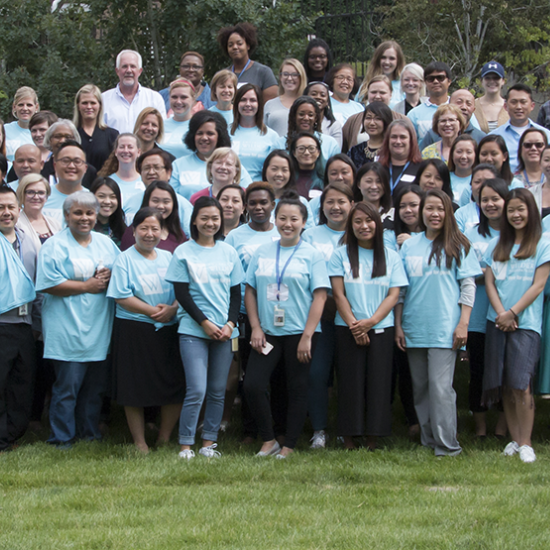More than one in six Americans working full-time or part-time are also providing unpaid care to a family member or friend. Some workers are “sandwich caregivers”, raising children as well as caring for older adults. These are big responsibilities faced by our nation’s workers, and the heavy load is often unacknowledged by both workers and employers.
Why? People who are providing informal caregiving often don’t identify as caregivers because they think of themselves as fulfilling their responsibilities to a spouse, parent, sibling, friend or neighbor. Even though they don’t think of themselves as caregivers, they may struggle to balance the responsibilities of a job as well as providing care. Supervisors may notice changes such as increased absenteeism, loss of productivity, or lack of engagement on the part of the employee. Sometimes, an employee simply resigns from the job, unable to manage the multiple responsibilities.
What Can Employers Do to Support Caregiving Employees?
By creating a supportive environment for workers who are also caregivers, employers can help employees perform their jobs well and feel supported. To become a caregiver-friendly workplace, employers must start by recognizing employees who are caregivers and the demands of the role. Organizations and companies can take many steps to create and promote an organizational culture that listens to and supports caregivers. Here are five:
- Educate supervisors and managers about the challenges working caregivers may encounter.
- Encourage open communication. Offer a presentation or roundtable discussion about caregiving.
- Seek input from employees to guide you in developing strategies and policies to create a caregiver-friendly workplace.
- Provide information about available resources and support for caregivers.
- Provide a facilitated on-site support group to give caregiving coworkers an opportunity to share and listen.
In a supportive workplace culture, workers can better self-identify as caregivers and will be more likely to seek caregiving services and resources that will help, even at work. Employers will be better able to attract and retain top talent and the overall result can be a healthier caregiver and a stronger workplace.
About the author:
Mona Walden-Frey was the Program Manager for Caregiver Services and Health and Wellness at Wilder’s Community Center for Aging.




